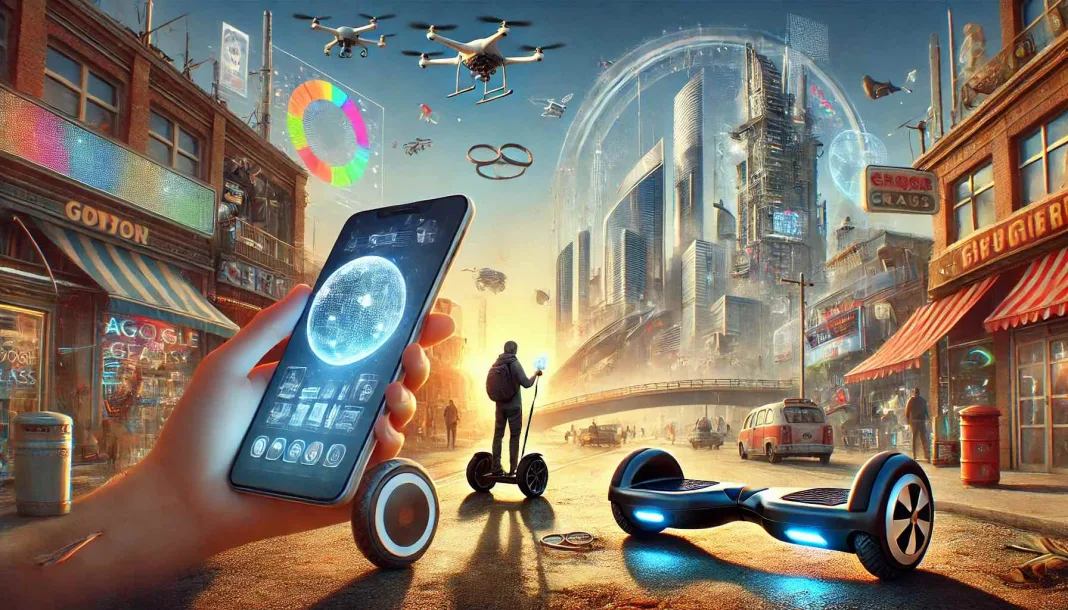In the ever-evolving world of technology, making predictions is a challenging yet fascinating endeavor. Tech pundits, analysts, and enthusiasts alike often gaze into the future, attempting to forecast the next big thing. Sometimes, these predictions hit the mark, revolutionizing industries and changing the way we live. Other times, they miss entirely, serving as cautionary tales about the unpredictability of technological advancement. In this article, we delve into the world of tech predictions, exploring notable successes, surprising failures, and the lessons learned along the way.
The Highs and Lows of Tech Predictions
Tech predictions can be a double-edged sword. On one hand, they can inspire innovation and guide strategic decisions; on the other, they can lead to misguided investments and unrealistic expectations. A prime example of a successful tech prediction is the advent of smartphones. In the early 2000s, experts predicted that mobile phones would evolve into multifunctional devices capable of performing a wide range of tasks. This prediction not only came true but surpassed expectations, fundamentally transforming communication, entertainment, and productivity.
Conversely, there have been several notable missteps. For instance, the once highly anticipated Google Glass, predicted to revolutionize augmented reality, failed to gain traction due to privacy concerns and usability issues. Similarly, the Segway, hailed as the future of personal transportation, did not achieve widespread adoption. These examples underscore the challenges inherent in predicting the trajectory of technological advancements.
Challenges in Predicting Tech Evolution
One of the primary challenges in making tech predictions is the rapid pace of technological change. Innovations can emerge unexpectedly, rendering previous predictions obsolete. Additionally, consumer behavior and societal factors play a significant role in determining the success or failure of new technologies. What might seem like a groundbreaking idea can falter if it does not align with user needs and preferences.
Another critical factor is the influence of unforeseen events. The COVID-19 pandemic, for instance, accelerated the adoption of remote work technologies and digital communication tools. Predictions made prior to the pandemic did not account for this rapid shift, highlighting the difficulty of anticipating such global disruptions.
Safety Advice for Navigating Tech Predictions
For businesses and consumers alike, navigating the landscape of tech predictions requires a balanced approach. Here are some safety tips to consider:
- Diversify Investments: Businesses should avoid putting all their resources into a single predicted technology. Diversifying investments can mitigate the risk associated with failed predictions.
- Stay Informed: Keeping abreast of the latest trends and developments in the tech industry can provide valuable insights. Regularly reviewing industry reports and analyses can help in making more informed decisions.
- Be Skeptical: While it’s essential to stay optimistic about new technologies, maintaining a healthy level of skepticism can prevent falling prey to hype. Evaluating the feasibility and practicality of predictions is crucial.
- Consider User Needs: Successful technologies often address specific user needs and pain points. Understanding the target audience and their requirements can guide better decision-making.
- Plan for Contingencies: Having contingency plans in place can help businesses adapt to unexpected changes in the tech landscape. Flexibility and adaptability are key to navigating uncertainties.
The world of tech predictions is a dynamic and often unpredictable arena. While some forecasts have led to groundbreaking innovations, others have missed the mark. According to Private Internet Access (PIA) research, understanding the challenges and embracing a balanced approach can help businesses and consumers navigate this complex landscape. By staying informed, being skeptical, and prioritizing user needs, we can better prepare for the hits, misses, and unexpected realities of the tech future.
As we continue to witness rapid advancements in technology, the importance of thoughtful and informed predictions cannot be overstated. Whether we are anticipating the next big thing or learning from past missteps, the journey of tech predictions remains an exciting and enlightening endeavor.

